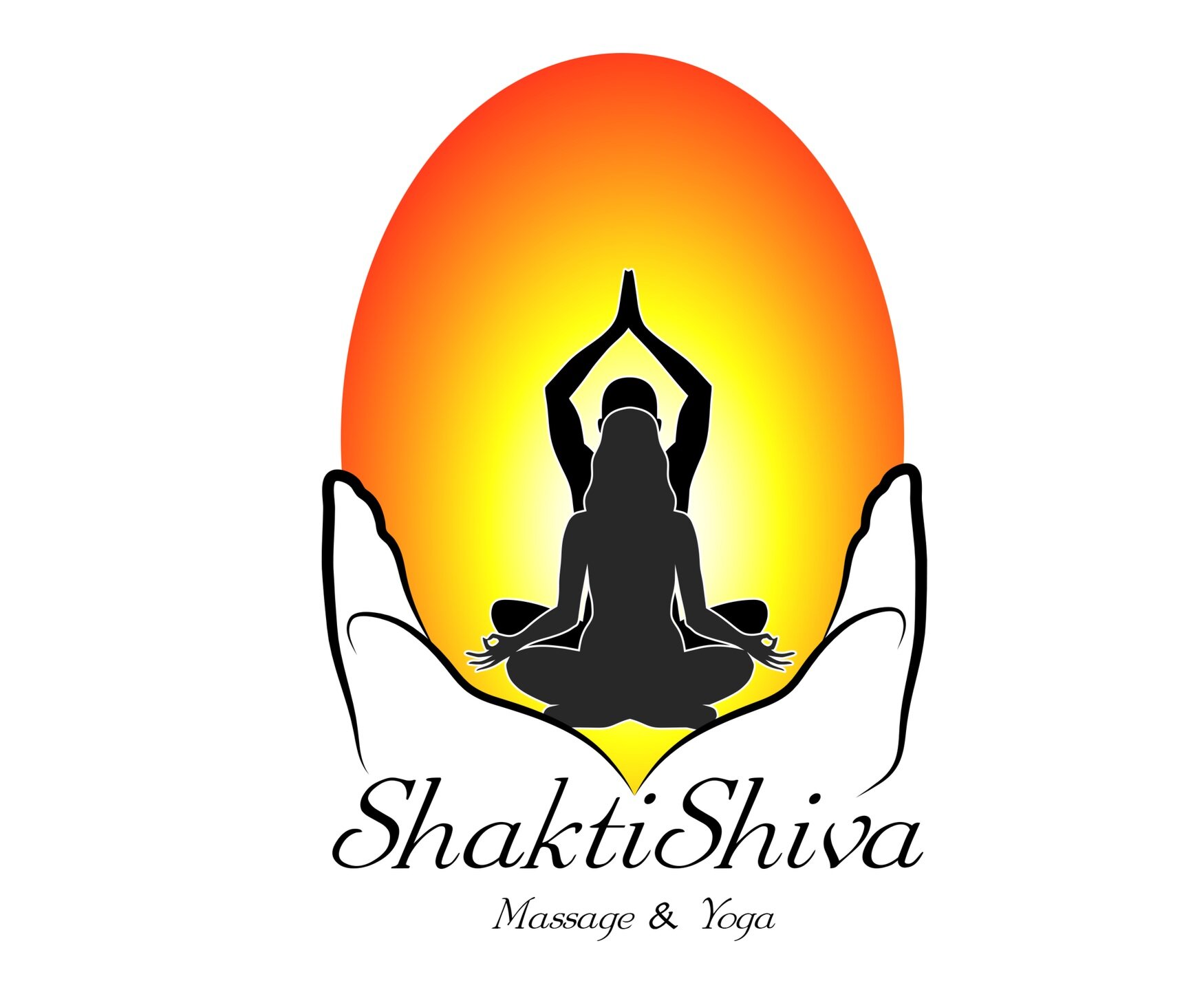There is an old Vedic story about Prana that we find in various Upanishads. The five main faculties of our nature – the mind, breath (prana), speech, ear and eye – were arguing with each other as to which one of them was the best and most important. This reflects the ordinary human state in which our faculties are not integrated but fight with each other, competing for their rule over our attention. To resolve this dispute, they decided that each would leave the body and see whose absence was most missed.
First speech left the body, but the body continued though mute. Next the eye left but the body continued though blind. Next the ear left but the body continued though deaf. Mind left but the body continued though unconscious. Finally, the Prana began to leave, the body began to die, and all the other faculties began to lose their energy. So, all they all rushed to Prana and told it to stay, lauding its supremacy. Clearly Prana won the argument. Prana gives energy to all our faculties, without which they cannot function. Without honoring Prana first there is nothing else we can do and no energy with which to do anything. The moral of this story is that to control our faculties the key is the control of Prana.
There are many forms of Prana from the physical breath to the energy of consciousness itself. Here we will focus on the physical. Prana is regularly referred to as life force, vital energy, or breath, and from the short story above you can see why. It regulates and controls all functions of the body.
Prana, our vital energy, relates to the air element, especially the oxygen we take in as that is what keeps us alive. If you think about air, it is mobile, continuous, and directional (the wind is coming out of the north today). Once oxygen enters our body it transforms into our vital energy, but it still has the characteristics of air – mobile, continuous, directional. There are 5 directions, or vayus, our vital energy can follow. In a healthy body the prana travels smoothly thru all 5 vayus, but blockages can restrict flow causing a dis-ease within the body. The 5 vayus are Prana (yes, same name but a sub-set of the larger Prana), Apana, Udana, Samana, and Vyana. Let’s explore each one a bit further.
Prana Vayu
This vayu rules inward motion. Think of everything we take in – inhaling, eating, drinking, swallowing. It also applies to the 5 senses. What are you watching, hearing? Because we live in an over-stimulated society we forget the need for silence and space. A healthy prana vayu allows for one to walk away from external distractions and return to a place of quiet and turning their attention inward. With weakened prana vayu, one cannot resist the tempting stimulants and is unable to focus.
Apana Vayu
This vayu rules downward and outward movement. Think elimination. Everything that comes in (physically, mentally) must come out. If not, dis-ease arises. On a physical level, this is food, birthing, menstrual cycle, etc. On a mental level, it’s the ability to let go of difficult thoughts, memories, experiences. A healthy apana vayu, one is regular, can conceive and give birth, experience difficulty and release it while remaining positive. An unhealthy apana vayu, body elimination is stuck or too much (lack of control), constant worrying, a feeling of instability and unsupported.
Samana Vayu
This vayu rules movement from the outside inward. It controls everything we ingest. We must digest, assimilate, and process everything, physically and mentally, we take in before we can eliminate it. Healthy samana vayu includes smooth digestion and turning difficult situations into learning experiences. Digestion issues, a feeling a depletion, inability to think and share difficult experiences is a sign of an unhealthy samana vayu.
Udana Vayu
This vayu relates to upward movement of our bodies and our perspectives. Healthy Udana has good, physical growth and willingness to reach beyond your current potential. When Udana is weak one become stagnant in their growth physically, in their life, and in their career. On the flip side, too much Udana lead to pride and arrogance.
Vyana Vayu
This vayu rules movement from the center outward. Vyana represents the whole body, single cell to the boundary of our skin to the energy that radiates past our physical body. It relates to circulation, keeping everything flowing and integrated – food, oxygen, ideas, emotions. When Vyana is healthy, nutrients reach where they are needed and are absorbed fully, proper energy is released, one can express their feelings, and circulate in the world confidently. A lack of Vyana causes bad health and illness, a feeling of separation, limitation of ideas.
So, why is this important?
These 5 pathways are tools that help us heal the various aspects of ourselves and move toward unity of mind, body, and spirit. They can also come in handy while practicing yoga. Come back next month when I explore working with the vayus in a yoga class.
OM SHANTI
Namaste
Katie


